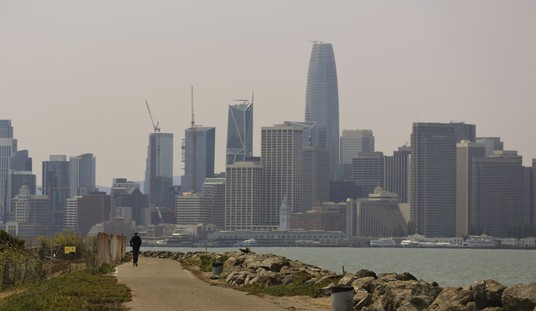It’s been a while since we checked in with the decades long story of Chevron and how the government of Ecuador – in league with American environmental activists and trial lawyers – tried to pick their pockets for billions of dollars. At Real Clear Markets, Stephen W. Green takes on a trip down memory lane, highlighting how things went so wrong for Manhattan attorney Steven Donziger and his Green Warrior friends when they woke a sleeping giant. Rather than just paying off the extortionists, Chevron went to court in multiple countries, eventually showing how the entire case was a designed case of fraud, concocted in an effort to extort massive sums of money from the energy giant. Out of the wreckage, Green dredged up five irrefutable truths. (There’s plenty more at the link, but here are the highlights.)
1. None of the claims were based in scientific fact.
Donziger’s own scientific experts have admitted under oath that there was no scientific evidence to support his claims against Chevron. One former expert testified that when his test results showed no evidence of environmental contamination, Donziger and his team drafted falsified reports and forged the expert’s signature. Another expert admitted in court that Donziger demanded a wildly inflated damages estimate in an effort to pressure Chevron into a settlement.
2. The contested deal was actually approved by the government of Ecuador from the very beginning.
In 1995 Texaco Petroleum Company (acquired by Chevron in 2001), the government of Ecuador and the state-owned oil company, Petroecuador, agreed that Texaco Petroleum would remediate its share of production sites before exiting the country. The company embarked on a three-year, $40 million remediation program overseen by Woodward Clyde, a reputable international environmental contractor, and audited by the government. After the remediation was certified by the government as complete, Texaco Petroleum exited the country with a full release from further environmental liability.
3. Then entire case was undeniably fraud.
Because there was no scientific evidence to support his claims, Donziger and his team resorted to fraud. This included bribing and threatening judges, fabricating evidence, bribing court appointees, using secret bank accounts, ghostwriting court reports, ghostwriting the judgment and directing a public pressure campaign against Chevron. In 2011 an Ecuadorian court issued a $19 billion judgment against Chevron. However, evidence has proved that the judgment was ghostwritten by Donziger’s team in exchange for a $500,000 bribe they offered to the judge presiding over the case. A former Ecuadorian judge who helped broker the bribe came forward to testify about the scheme.
4. Donziger hasn’t really even tried to refute the charges.
During the seven-week federal racketeering trial against Donziger and his associates, he failed to rebut the evidence of his fraudulent actions. While he and his team have since authored a barrage of press releases and blog posts in an attempt to rationalize and explain away their misconduct, the facts of their scheme are now known. To date Donziger and his team have not, and cannot, explain away their conduct, including in court filings they have made in support of their appeal.
5. It was all a bought and paid for act.
A variety of activist groups and other supporters claim there is a groundswell of public support for Donziger and against Chevron. They point to protests against the company and opposition social media sites. Businessweek recently revealed, however, that the “protesters” were actually paid actors recruited by a casting agency. It also was revealed that the social media sites dedicated to opposing Chevron are funded by the Ecuadorian government and include a number of fake Twitter accounts.
Donziger is still trying to appeal after having been caught with his hand in the cookie jar, but Chevron’s team has no intention of letting him off the hook at this late stage of the game. When the next action takes place, we’ll keep you up to date on it. In the meantime, you can view a history of Hot Air’s coverage of this case dating back several years with this index.








Join the conversation as a VIP Member